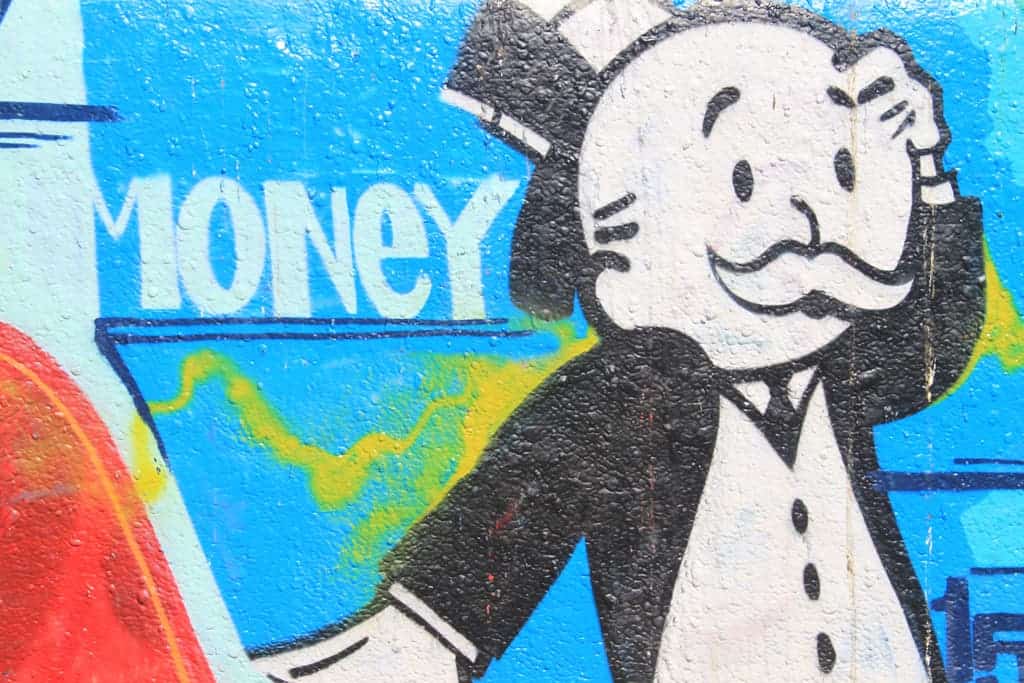Concentrated poverty is on the rise in the US again, with the number of neighborhoods where 40% or more of the population lives below the federal poverty levels of all races increasing for the first time since the 1990s, Penn State demographers report.
While general poverty levels only look at how many people live on less than a standard income in a particular place, the concept of poverty concentration takes into account how poverty is spread out throughout an area. Poverty on its own is really bad news, but concentrated poverty makes things a lot worse for everyone — it’s a cascading effect of ever-less money available in the community, meaning health services, educational services, and other civic institutions work with reduced efficiency or grind down altogether. Concentrated poverty amplifies the poor’s struggle by making society around them poorer, less able to help, in a self-reinforcing cycle.
And it’s on the rise in the US for the first time in two decades, warns John Iceland, a professor of sociology and demography at Penn state and research associate at the Population Research Institute. Using data gathered by the U.S. Census Bureau from 1980-2000 and data gathered through the American Community Survey from 2000-2014, the team says concentrated poverty, which saw a rise in the 1980s and gradually eased during the 1990s, is making a comeback throughout all demographics in the US.
Iceland points to growing residential separation and isolation of the poor from the rest of American society in metropolitan areas, as well as an overall increase in poverty since the early 2000s as the biggest factors driving this rise.
“I personally was curious about this volatility — what explains it? Why did we see this increase in the 1980s and the decline in the 1990s and why has it been rebounding?” said Iceland.
“As a social demographer, I’m particularly interested in the changing composition of people living in certain neighborhoods and what types of broad population processes help explain the general trend.”
New neighborhoods
Not only is the US experiencing a rise in concentrated poverty levels, but it’s also undergoing a shift in who and where is getting the worst of it. The authors note that the demographics, as well as the location of high-poverty neighborhoods, has changed since the 1990s.
“It used to be thought of as black, inner-city poverty, but now more Hispanics and a higher proportion of whites are living in high-poverty neighborhoods,” Iceland said. “They are less likely to be just in the inner core of cities, but oftentimes in inner suburbs.”
“We find that changes in the segregation of the poor explained the largest share of the change in concentrated poverty over most of the time period, with the exception of the 1990s, where the plunge in both black and white poverty rates had the largest role in explaining the considerable decline in concentrated poverty in that decade for both groups.”
Poverty and poverty concentration are different concepts but it’s possible the two are related, Iceland added. Working together with sociology and demography graduate student Erik Hernandez, Iceland also looked at how fluctuations in overall poverty affected its concentration throughout the US.
“There could be a certain percentage of the population in a country that is poor, but what the concentration of poverty looks at is to what extent are they concentrated in relatively few neighborhoods,” he said.
They found that poverty concentration followed the trends set by overall poverty. The country’s recent economic hardships, such as the 2006-2008 recession, has pushed up individual poverty, neighborhood-wide (social) poverty, the overall percentage of people and that of poor people living in high-poverty neighborhoods, the researchers said.
In the 2000s, some 20.5% of poor blacks lived in high-poverty neighborhoods, a figure which increased to 23.1% between 2010 and 2014. For poor non-Hispanic whites, that number went from 5.8% to 8.2% during this time. Overall, the total percentage of poor Americans living in high-poverty neighborhoods went from 11.4% to 14.1%. This concentration can affect governmental services — health, police, education — as well as limit job opportunities, further impoverishing those living in the affected areas.
“A lot of resources are tied to neighborhoods — the quality of schooling and the amount of a school’s economic resources vary across neighborhoods, for example,” said Iceland.
“People have talked about how there’s more crime and social disorganization in places with high poverty levels. And this all has consequences for quality of life.”
The full paper “Understanding trends in concentrated poverty” has been published in the journal Social Science Research.











